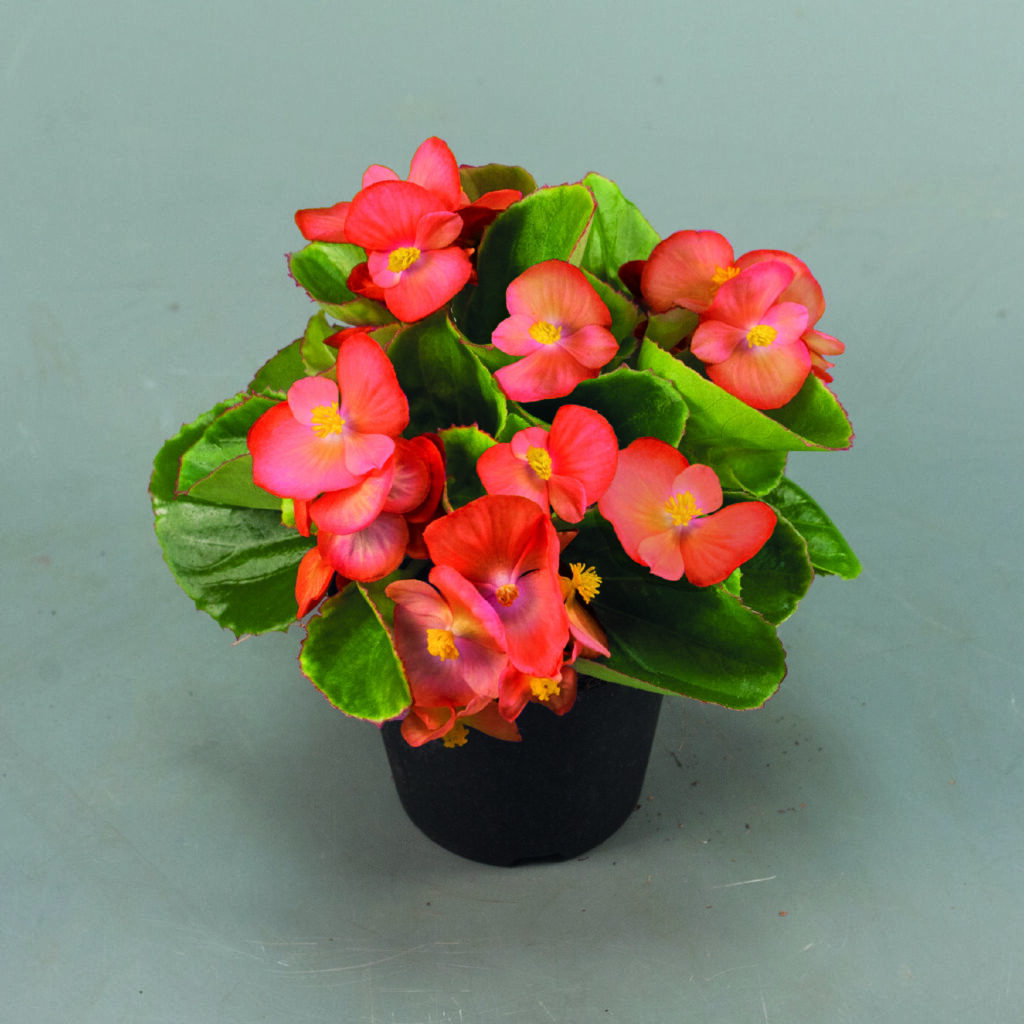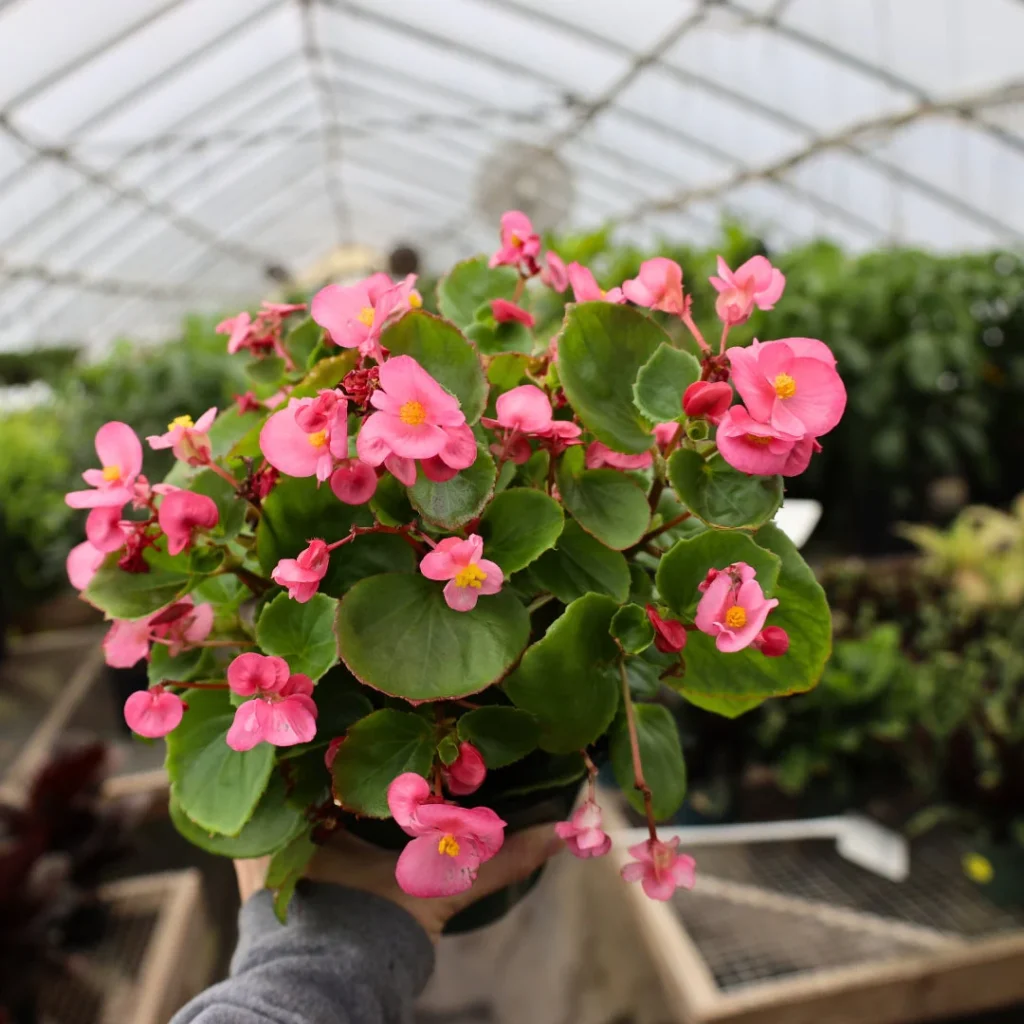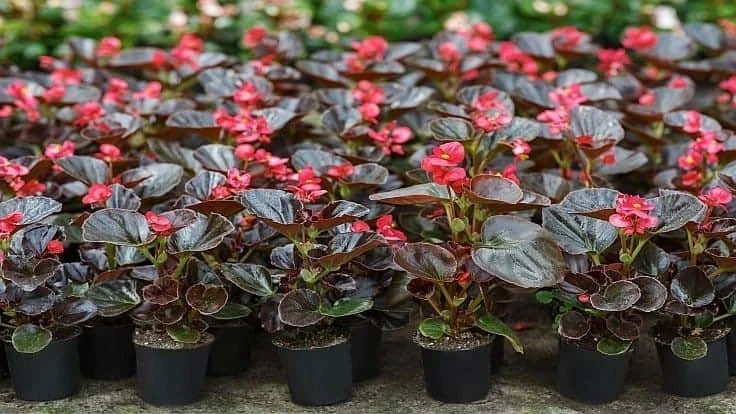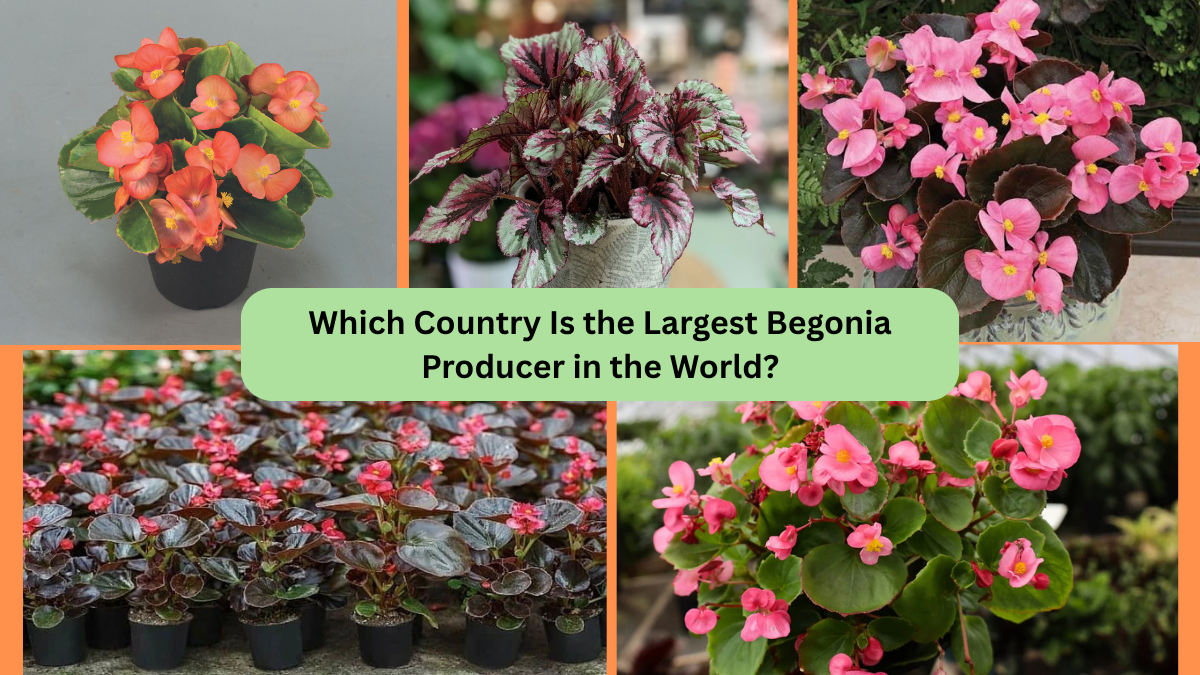Begonias are one of the world’s most popular ornamental plants, known for their stunning foliage, colorful flowers, and adaptability in both gardens and indoor settings. With over 2,000 known species and countless hybrids, begonias are a favorite among home gardeners, landscapers, and floriculture industries alike.
But while begonias are adored globally, the question arises — which country leads the world in begonia production? In this article, we’ll take a deep dive into global begonia cultivation, spotlighting the country that stands out as the largest producer, the reasons behind its success, and where other major producers rank.
Global Begonia Production Overview

The begonia plant belongs to the Begoniaceae family, native to tropical and subtropical regions of Asia, Africa, and Central and South America. Today, begonias are commercially cultivated around the world, especially in regions with mild, warm climates.
Begonias are typically categorized into several types:
- Wax Begonias (Begonia semperflorens) — popular for bedding and containers.
- Tuberous Begonias (Begonia tuberosa hybrids) — loved for their large, vibrant blooms.
- Rex Begonias — prized for their decorative foliage.
- Rhizomatous and Cane Begonias — favored as houseplants.
While many countries grow begonias for local use and export, one country leads the world by a huge margin in terms of total production volume.
China — The Largest Begonia Producer in the World
The title of largest begonia producer in the world belongs to China. According to available agricultural production data, China accounts for over 80% of global begonia production, particularly in the wax begonia and bedding plant categories.
China’s Begonia Industry by the Numbers:
- Produces over 1.1 million tonnes of begonias annually.
- Represents approximately 85% of total global begonia output.
- Major production centers include Yunnan, Guangdong, Fujian, and Sichuan provinces.
- Supplies both domestic demand and export markets across Asia, Europe, and North America.
Why China Dominates Global Begonia Production

Climate Advantage:
China’s southern and southwestern regions offer subtropical and temperate climates ideal for begonia cultivation. Extended growing seasons and mild winters enable continuous production in both open fields and greenhouses.
Advanced Infrastructure:
Modern greenhouse facilities, mass propagation systems, and extensive nursery networks allow large-scale, year-round production. Innovations in controlled-environment agriculture help optimize begonia yields and quality.
Strong Domestic Market:
With a population of over 1.4 billion, there’s significant internal demand for ornamental plants in landscaping projects, residential gardens, hotels, and public parks. Begonias are especially popular during national festivals like Chinese New Year.
Expanding Export Markets:
China has established itself as a global supplier of bedding plants, including begonias. Export shipments to neighboring Asian countries, Europe, the Middle East, and North America have grown steadily.
Other Major Begonia-Producing Countries
While China dominates total volume, several other countries also contribute to global begonia production, particularly in niche markets and tuberous begonia categories.
Belgium (Flanders) — Tuberous Begonia Specialist
When it comes to tuberous begonias, no region rivals Flanders in Belgium. Though its total begonia production volume is modest compared to China’s, Belgium accounts for over 55% of the world’s tuberous begonia production.
- Around 20 specialized growers cultivate begonias on 80 hectares of land.
- Belgium produces approximately 25 million begonia tubers annually.
- 95% of production is exported to markets like the United Kingdom, France, Germany, the U.S., Canada, and Japan.
- Known for events like the Brussels Flower Carpet, which showcases begonias in elaborate floral displays.
Belgium’s tuberous begonias are prized for their vibrant colors, large double blooms, and suitability for hanging baskets, window boxes, and garden beds.
Thailand
Thailand has a growing ornamental plant industry, producing around 65,000 tonnes of begonias annually. The warm, humid climate is ideal for wax and tuberous begonia varieties, with much of the output serving local markets and exports to neighboring Southeast Asian countries.
Vietnam
Vietnam’s begonia production stands at roughly 30,000 tonnes per year. The country focuses on bedding and foliage begonias for urban landscaping, residential gardens, and export to regional markets.
India
India produces around 25,000 tonnes of begonias annually, primarily for domestic use. The plant’s popularity in India is growing, especially in the hill stations and cooler northern states.
Colombia
Colombia, known globally for cut flowers like roses and carnations, also produces about 20,000 tonnes of begonias annually, focusing on ornamental varieties for the U.S. and European markets.
Begonia Categories and Their Global Demand

Wax Begonias:
Mass-produced in China, Thailand, and Vietnam, these are popular bedding plants for parks, municipal landscaping, and private gardens.
Tuberous Begonias:
Produced primarily in Belgium and the Netherlands, they command higher prices in export markets for their spectacular flowers.
Rex Begonias:
These foliage-rich begonias are often grown by specialty nurseries in Japan, the U.S., and Europe for indoor décor.
Cane and Rhizomatous Begonias:
Common in tropical and subtropical regions, with growing interest in Southeast Asian countries and specialty garden centers.
Future Trends in Begonia Production

Sustainability and organic cultivation are gaining traction in China’s nursery operations, driven by both government policies and consumer preferences. Eco-labeled ornamental plants and biodegradable packaging are expected to become standard features in the industry.
In Belgium, breeders continue to develop new tuberous begonia hybrids with enhanced disease resistance, heat tolerance, and novel colors. This innovation ensures that Belgium maintains its leadership in this premium market.
Emerging markets like India and Indonesia are predicted to see a steady rise in begonia production, fueled by urbanization and rising demand for ornamental plants in public spaces and residential projects.
Quick Summary of Global Begonia Production
| Country | Annual Production | Specialty Focus |
|---|---|---|
| China | 1.1 million tonnes | Bedding, wax begonias, hybrids |
| Belgium (Flanders) | 25 million tubers | Tuberous begonias (world leader) |
| Thailand | 65,000 tonnes | Wax and bedding begonias |
| Vietnam | 30,000 tonnes | Bedding and ornamental varieties |
| India | 25,000 tonnes | Bedding begonias for domestic markets |
| Colombia | 20,000 tonnes | Bedding and container begonias for export |
Final Thoughts

So, which country is the largest begonia producer in the world?
Without a doubt, it’s China — producing more than 85% of global begonia supplies thanks to its favorable climate, advanced horticultural infrastructure, strong domestic market, and robust export networks.
At the same time, Belgium deserves recognition as the world leader in tuberous begonias, contributing over half of global tuber production and setting horticultural standards in ornamental plant craftsmanship.
As global interest in container gardening, ornamental foliage, and sustainable floriculture continues to grow, begonias will remain a cherished and commercially significant plant for years to come.



